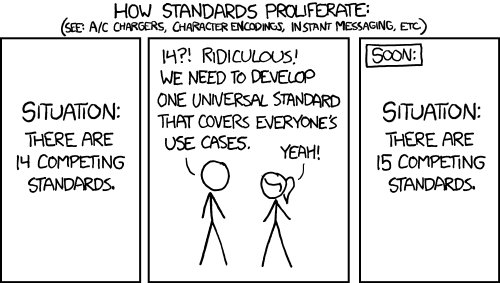Harglo
Well-Known Member
BrianWiring up VFD's is beyond my skill set. When I went to Toronto to buy the saw, the man selling the saw plugged it into what he said was 220 volt 3 phase, and the saw ran nicely. I'm sure that we can get it all sorted out Tuesday.
Just some thoughts. Once you get running. Make sure the switching is -first turn switch from the 220 single phase wall source. Then the saw motor run/stop must be controlled by the key pad or remote. To turn on an off the saw motor just form the wall source will in time wipe out the FVD. I have near the same saw the star up current is hi as needs to the variable speed parts working. Haven't read earlier posts but what is the saws HP an the rating FVD HP? Leaving the power from the wall switch on to the FVD doesn't hert any thing infact some would stay is good to keep capacitor's charged. I have 7 fvds in my shop but have a hard time understanding the lack of straight forward info from them.
Harvey









![DreamPlan Home Design and Landscaping Software Free for Windows [PC Download]](https://m.media-amazon.com/images/I/51kvZH2dVLL._SL500_.jpg)


















































